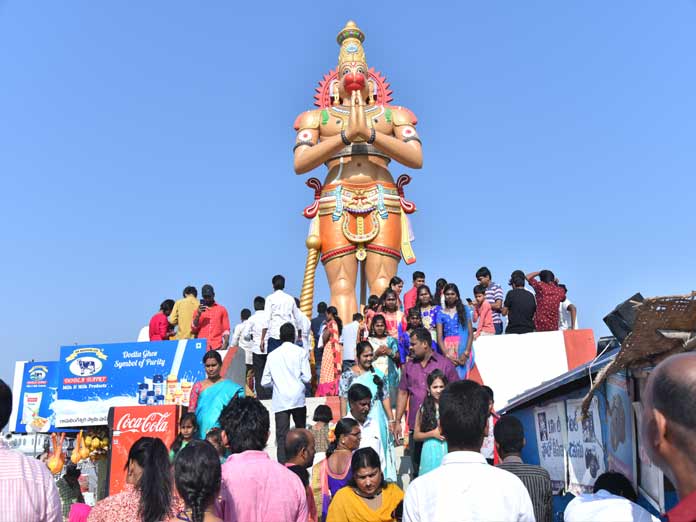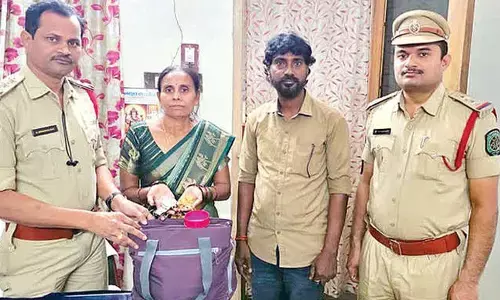A BRIEF HISTORY OF KEESARA GUTTA

According to the legend, Lord Rama installed a Shiva Lingam here, for the sin of killing Ravana, a Brahman He selected this place, surrounded by lush greenery and asked Hanuman to bring Shiva Lingam from KashiVaranasi But the mighty Hanuman could not return on time and as the auspicious hours was about to end, Lord Shiva appeared before Lord Rama and gave him a Shiva Linga to install
According to the legend, Lord Rama installed a Shiva Lingam here, for the sin of killing Ravana, a Brahman. He selected this place, surrounded by lush greenery and asked Hanuman to bring Shiva Lingam from Kashi(Varanasi). But the mighty Hanuman could not return on time and as the auspicious hours was about to end, Lord Shiva appeared before Lord Rama and gave him a Shiva Linga to install. The deity at Keesara, is called as Ramalingeswara, as Lord Rama had installed the deity.
When Hanuman returned with 101 lingams from Varanasi for Lord Rama to select, he was aggrieved to see that a Lingam was already installed. The enraged Hanuman threw all the Lingas that he had, all over the place. Till this day, devotes do find several lingams scattered at the temple premises. To appease Hanuman, Rama ordained that precedence would be given to him to worship at the temple. Rama also proclaimed that the hillock, where the deity was installed, would bear the name of Hanuman (Kesarigiri), as he is the son of Kesari. Over the years, the name has been transformed as Keesara and the hillock as Keesaragutta. Located 40 km from the city and 10km from ECIL, the temple attracts thousands of devotees on Shivaratri. The priests at the temple proudly say that the rituals the temple follows were laid by Lord Rama himself.
Apart from the festival of Shivaratri, ancient Vedic Yagnas like ‘Atiratram’ is being performed at the temple since May this year. Historians believe that eleven ‘Ashwamedha Yagnas’ were performed here during the fifth and sixth centuries by the Vishnukundin Kings. It is also believed that the temple hosted Vedic ceremonies like ‘Rajasuya’, ‘Purushmedha’, ‘Sarvamedha’ etc.
Ancient remains of brick structures were found, north of the temple. It is also believed that the slopes of the hillock acted as a water resource. The archaeologists dated back those remains to that of Vishnukundin times. Fortified walls, Yaga shala and prayer hall were unearthed from this site during excavations. There were also few vestige remains and rock cut cisterns that were found here which indicates that both Jainism and Buddhism flourished here.
The temple also runs a Vedic School run by Tirumala Tirupati Devasthanam (TTD) and a play park for the children. Like Mallikarjuna Swamy Temple at Srisailam, the temple here allows the devotees to perform ‘Abhishekam’ by touching the deity. On the flipside to this beautiful place, history buffs say many a time this archaeological site is left unmonitored and this place recently has become a hub for couples to coochie coo, much to the annoyance of the devotees.

















